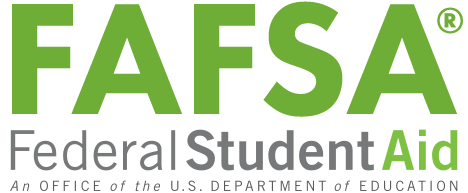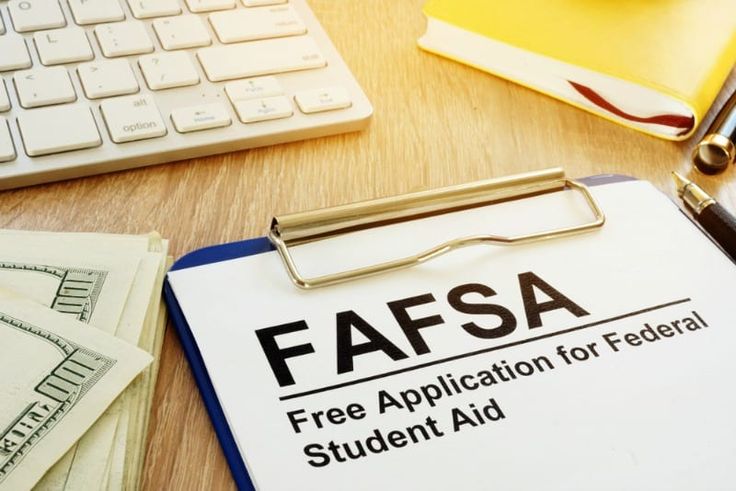Introduction for Federal Student Aid (FAFSA) is a vital tool for students seeking financial assistance for higher education in the United States. As the gateway to billions of dollars in federal grants, loans, and work-study opportunities, FAFSA ensures that students from all financial backgrounds can access quality education. In this guide, we’ll walk you through everything you need to know about FAFSA 2025, from the application process to tips for maximizing your aid.

What Is FAFSA?
FAFSA is a free application that determines your eligibility for federal financial aid programs. Managed by the U.S. Department of Education, the FAFSA process evaluates your family’s financial situation to decide how much assistance you may qualify for. In addition to federal aid, many states, colleges, and private organizations use FAFSA information to award scholarships and grants.
Key Updates for FAFSA 2025
FAFSA evolves each year to streamline the application process and accommodate changing policies. Here are the notable updates for 2025:
1. Simplified Application
- The FAFSA 2025 form is more user-friendly, with fewer questions and a revamped interface for ease of use.
2. Income Reporting Changes
- FAFSA 2025 uses prior-prior year (PPY) tax data, meaning you’ll need financial information from 2023 to complete your application.
3. Expanded Pell Grant Access
- Changes in eligibility criteria now allow more students to qualify for Pell Grants, particularly from low-income households.
4. FAFSA Submission Date
- The FAFSA 2025 opens on October 1, 2024, and closes on June 30, 2025. Submitting early increases your chances of receiving aid before funds run out.

Who Should Apply for FAFSA?
FAFSA 2025 isn’t just for students with financial need. Here’s why every prospective college student should apply:
- Undergraduate and Graduate Students: Most colleges require FAFSA to determine eligibility for merit-based scholarships.
- Adults Returning to School: FAFSA supports learners of all ages, including those pursuing a second degree or career change.
- Part-Time Students: Many aid programs consider part-time enrollment, so even non-full-time students can benefit.
Step-by-Step Guide to Completing FAFSA 2025
1. Gather Necessary Documents
Before starting, ensure you have these essential items:
- Social Security Number (SSN) or Alien Registration Number (if applicable)
- 2023 tax returns and W-2s for yourself and your parents (if dependent)
- Bank statements and records of investments
- FSA ID (Federal Student Aid Identification)
2. Create an FSA ID
- Visit the official Federal Student Aid website to create an FSA ID. This username and password will serve as your electronic signature.
3. Log In to the FAFSA Form
- Access the form at FAFSA.gov. Use your FSA ID to log in securely.
4. Complete Personal and Family Information
- Provide details about your demographics, dependency status, and household size.
5. Enter Financial Information
- Use the IRS Data Retrieval Tool (DRT) to import tax data directly into your FAFSA, reducing errors and saving time.
6. List Colleges
- You can list up to 10 schools to receive your FAFSA information. Be sure to include all potential colleges.
7. Sign and Submit
- Electronically sign the form using your FSA ID and submit it. You’ll receive a confirmation email once it’s successfully processed.

Types of Financial Aid Available Through FAFSA
1. Grants
- Federal Pell Grant: Awarded to undergraduate students with exceptional financial need.
- Federal Supplemental Educational Opportunity Grant (FSEOG): Available at participating schools for students with significant need.
2. Federal Loans
- Direct Subsidized Loans: For undergraduates with financial need; interest is covered while you’re in school.
- Direct Unsubsidized Loans: Available to undergraduate and graduate students; interest accrues from disbursement.
3. Work-Study Programs
- Offers part-time jobs to help students earn money for educational expenses while gaining work experience.
4. State and Institutional Aid
- Many states and colleges use FAFSA data to award their own grants, scholarships, and tuition assistance.
Common FAFSA Mistakes to Avoid
1. Missing the Deadline
- Submit your application as soon as possible to maximize your aid opportunities.
2. Entering Incorrect Information
- Double-check all financial and personal details to prevent delays or rejections.
3. Skipping the FAFSA
- Even if you think you won’t qualify for aid, submit the form. Many scholarships and state programs rely on FAFSA data.
4. Forgetting to Update FAFSA Annually
- FAFSA is required every academic year, so don’t assume your initial application covers multiple years.
Tips for Maximizing Your Financial Aid
1. Apply Early
- Aid is awarded on a first-come, first-served basis. Submitting early increases your chances of receiving grants and work-study opportunities.
2. Accurately Report Income
- Use the IRS Data Retrieval Tool to avoid discrepancies in your financial information.
3. Review Your Student Aid Report (SAR)
- After submission, you’ll receive a SAR summarizing your application. Review it carefully for errors and make necessary corrections.
4. Appeal for More Aid If Needed
- If your family’s financial situation changes, contact your school’s financial aid office to request a review or appeal.
FAFSA 2025 FAQs
1. Is FAFSA 2025 Only for U.S. Citizens?
- No. Eligible non-citizens, including permanent residents, can also apply.
2. Do I Need a Separate FAFSA for Each College?
- No. You can list multiple colleges on one FAFSA form.
3. What Happens If My FAFSA Is Rejected?
- Rejections often occur due to errors. Correct the issues and resubmit promptly.
4. How Long Does It Take to Process FAFSA?
- Online applications are processed within 3-5 days, while paper submissions may take up to 10 days.
Conclusion: Start Your FAFSA Journey Today
FAFSA 2025 is your ticket to unlocking the financial resources you need for college. By understanding the process, avoiding common mistakes, and submitting your application early, you can maximize your aid and focus on achieving your academic goals. Don’t let financial barriers hold you back—take the first step today and secure a brighter future through FAFSA.